Physics 101: Gravity and Orbits
Orbital motion occurs whenever an object is moving forward and at the same time is pulled by gravity toward another object. The forward velocity of the object combines with acceleration due to gravity toward the other object. In this episode, students learn how to solve problems involving gravity and orbital motion. Part of the "Physics 101" series.
Media Details
Runtime: 25 minutes 58 seconds
- Topic: Mathematics, Science
- Subtopic: Mathematics, Physics, Science Methods
- Grade/Interest Level: 10 - 12
- Standards:
- Release Year: 2020
- Producer/Distributor: Physics Girl
- Series: Physics 101
- Report a Problem
Related Media
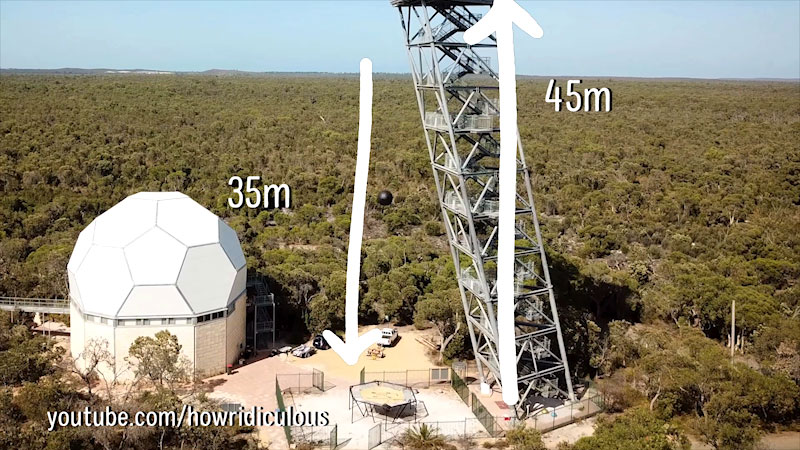
Physics 101
Episode 2
22 minutes 45 seconds
Grade Level: 10 - 12
Physics 101
Episode 2
22 minutes 45 seconds
Grade Level: 10 - 12
Physics 101: Free Fall
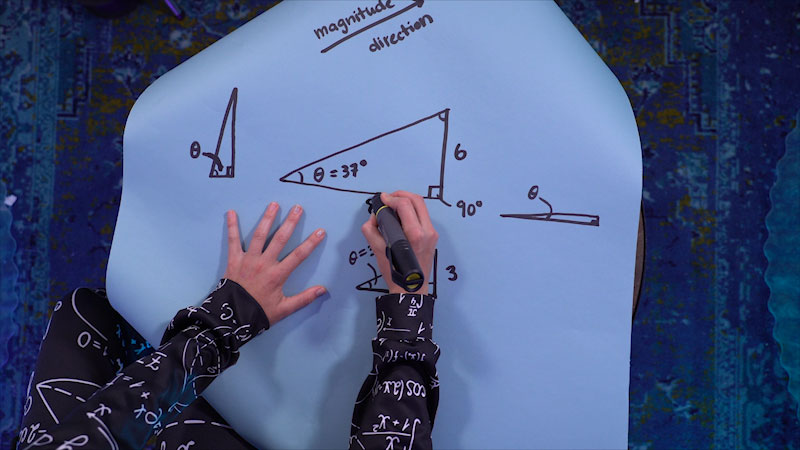
Physics 101
Episode 0
12 minutes 30 seconds
Grade Level: 10 - 12
Physics 101
Episode 0
12 minutes 30 seconds
Grade Level: 10 - 12
Physics 101: Trig Review for Physics
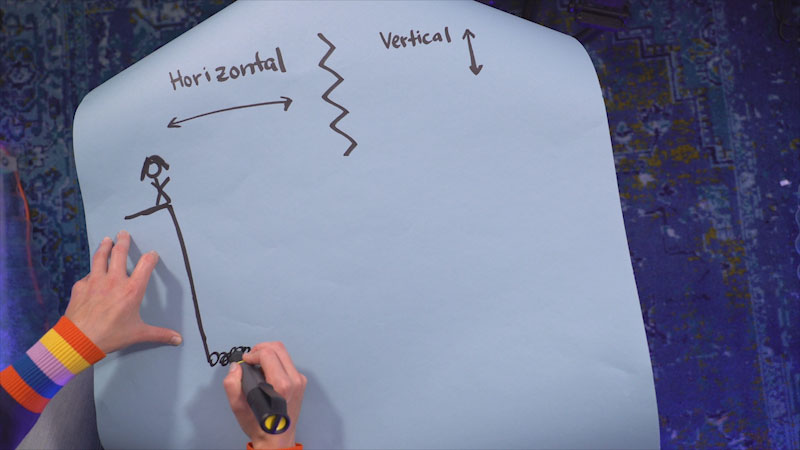
Physics 101
Episode 3
22 minutes 53 seconds
Grade Level: 10 - 12
Physics 101
Episode 3
22 minutes 53 seconds
Grade Level: 10 - 12
Physics 101: 2D Motion
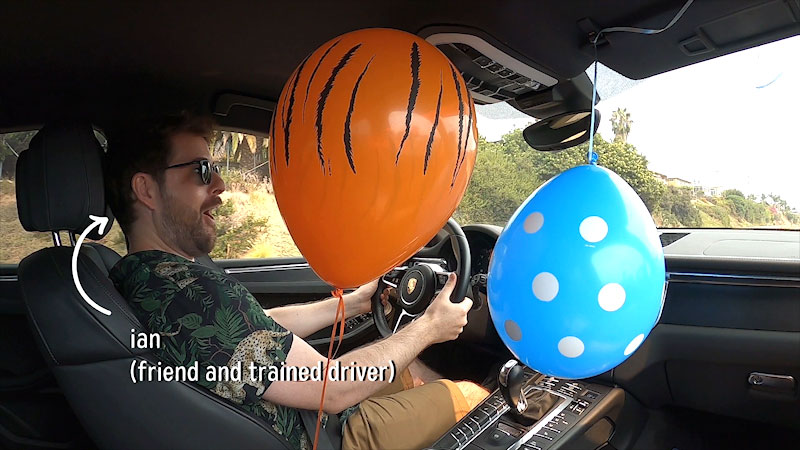
Physics 101
Episode 4
23 minutes 6 seconds
Grade Level: 10 - 12
Physics 101
Episode 4
23 minutes 6 seconds
Grade Level: 10 - 12
Physics 101: Newton's Laws of Motion

Physics 101
Episode 5
24 minutes 34 seconds
Grade Level: 10 - 12
Physics 101
Episode 5
24 minutes 34 seconds
Grade Level: 10 - 12
Physics 101: Free Body Diagrams

Physics 101
Episode 6
20 minutes 24 seconds
Grade Level: 10 - 12
Physics 101
Episode 6
20 minutes 24 seconds
Grade Level: 10 - 12
Physics 101: Friction
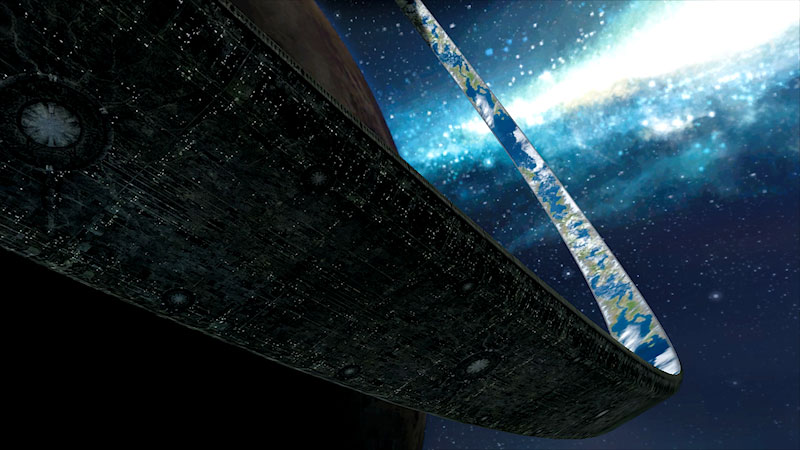
Physics 101
Episode 7
25 minutes 48 seconds
Grade Level: 10 - 12
Physics 101
Episode 7
25 minutes 48 seconds
Grade Level: 10 - 12
Physics 101: Circular Motion
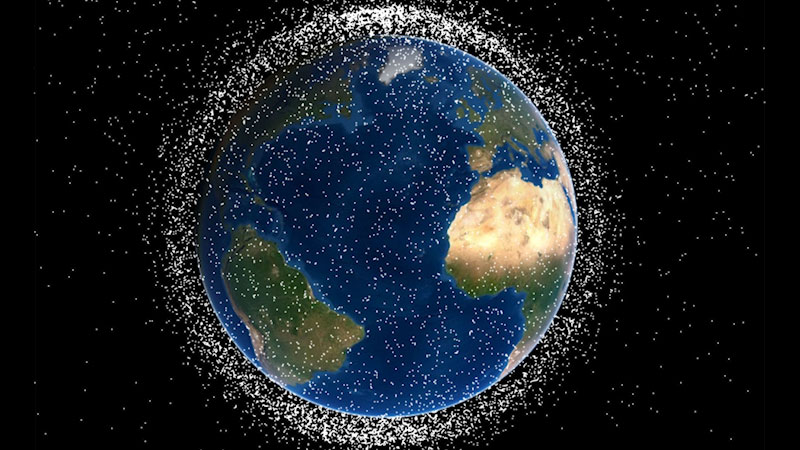
Physics 101
Episode 8
25 minutes 58 seconds
Grade Level: 10 - 12
Physics 101
Episode 8
25 minutes 58 seconds
Grade Level: 10 - 12
Physics 101: Gravity and Orbits
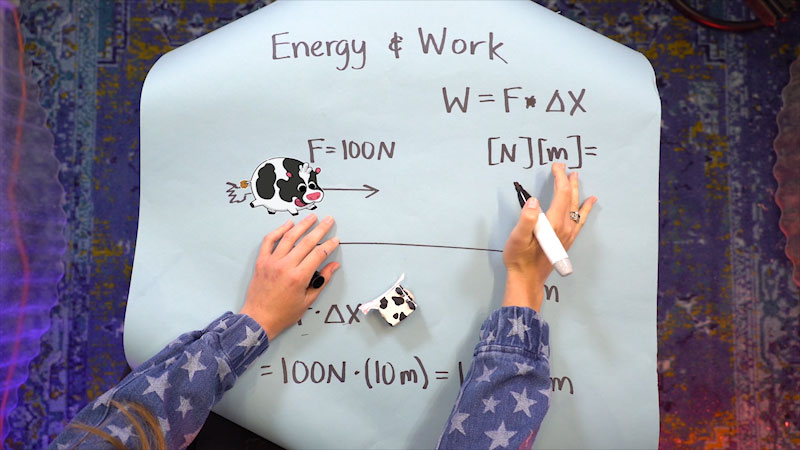
Physics 101
Episode 9
28 minutes 3 seconds
Grade Level: 10 - 12
Physics 101
Episode 9
28 minutes 3 seconds
Grade Level: 10 - 12
Physics 101: Energy and Work
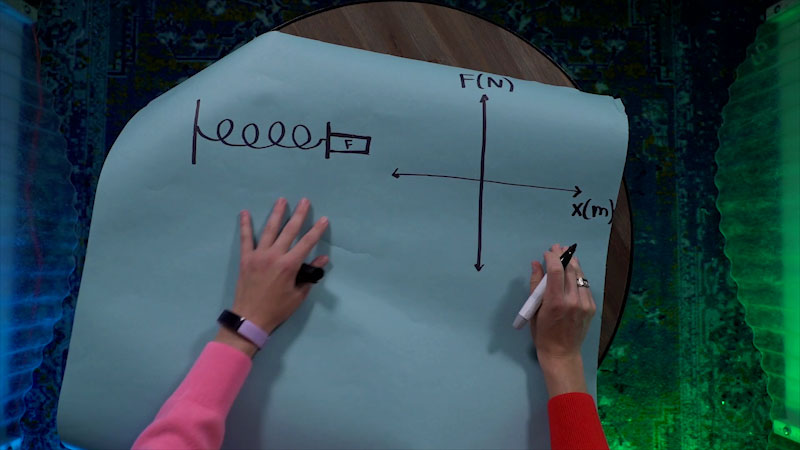
Physics 101
Episode 10
25 minutes 51 seconds
Grade Level: 10 - 12
Physics 101
Episode 10
25 minutes 51 seconds
Grade Level: 10 - 12
Physics 101: Conservation of Energy
